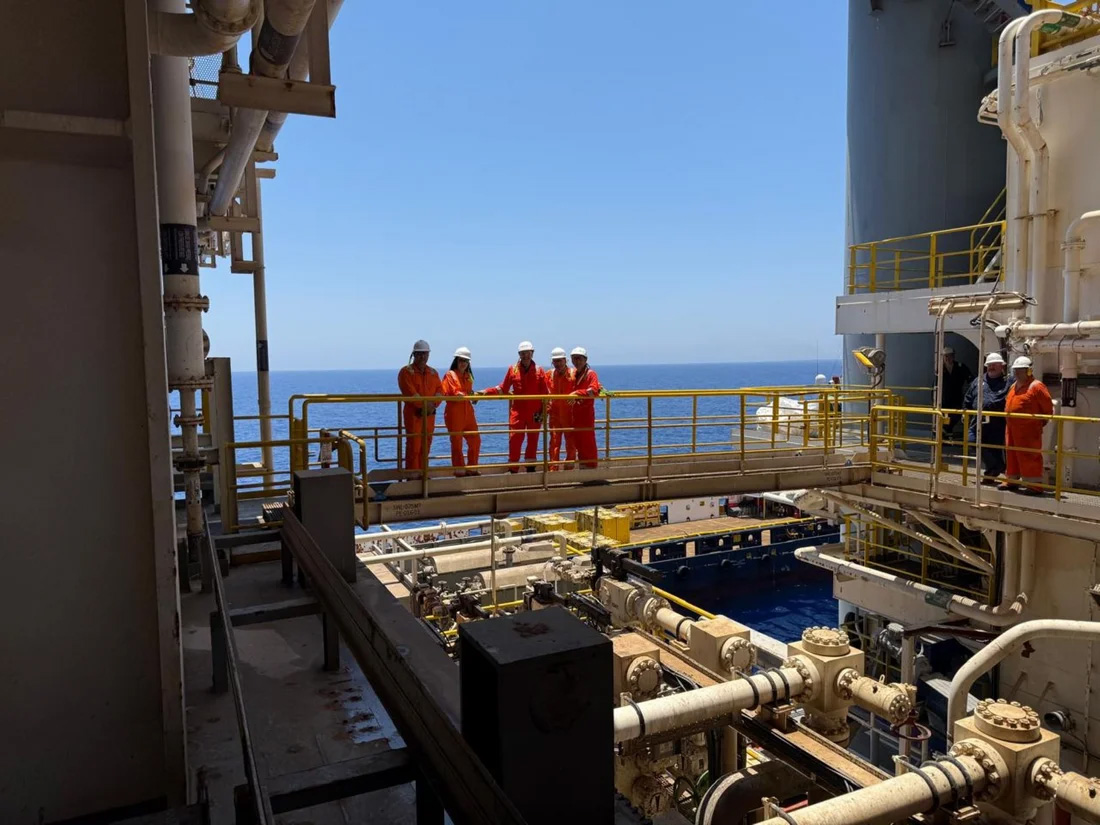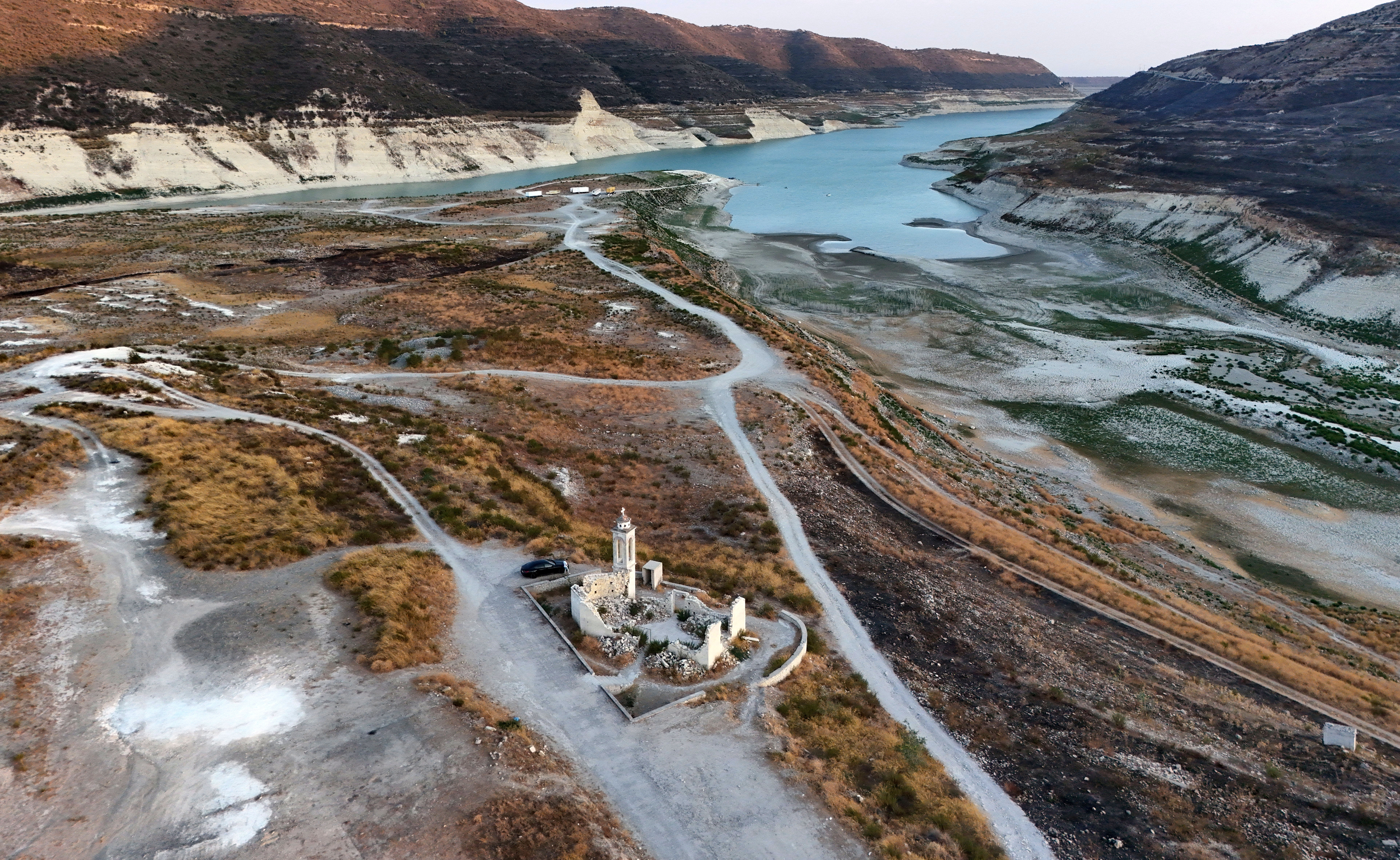As heat records fall, , , and assess how much danger we are in
Extreme heat has been breaking records across Europe, Asia and North America, with millions of people sweltering in heat and humidity well above “normal” for days on end.
Death Valley hit 53.3C on July 16 – not quite the world’s hottest day on record, but close. Phoenix broke a record heat streak with 19 straight days with temperatures above 43.3C, accompanied by a long string of nights that never got below 32.2C, leaving little opportunity for people without air conditioning to cool down. Globally, Earth likely had its hottest week on modern record in early July.
Heat waves are becoming supercharged as the climate changes – lasting longer, becoming more frequent and getting just plain hotter.
One question a lot of people are asking is: “When will it get too hot for normal daily activity as we know it, even for young, healthy adults?”
The answer goes beyond the temperature you see on the thermometer. It’s also about humidity. Measured as “wet-bulb temperature,” heat and humidity put people at greatly increased risk, and the combination gets dangerous at lower levels than scientists previously believed.
Scientists and other observers have become alarmed about the increasing frequency of extreme heat paired with high humidity.
In the Middle East, Asaluyeh, Iran, recorded an extremely dangerous maximum wet-bulb temperature of 33.7C on July 16 – above our measured upper limit of human adaptability to humid heat. India and Pakistan have both come close, as well.
People often point to a study published in 2010 that theorised that a wet-bulb temperature of 35C – equal to a temperature of 35C at 100 per cent humidity or 46.1C at 50 per cent humidity – would be the upper limit of safety, beyond which the human body can no longer cool itself by evaporating sweat from the surface of the body to maintain a stable body core temperature.
The combination of temperature and humidity at which the person’s core temperature starts to continuously rise is called the “critical environmental limit.”
Below those limits, the body is able to maintain a relatively stable core temperature over long periods of time. Above those limits, core temperature rises continuously and the risk of heat-related illnesses with prolonged exposures is increased.
When the body overheats, the heart has to work harder to pump blood flow to the skin to dissipate the heat, and when you’re also sweating, that decreases body fluids. In the direst case, prolonged exposure can result in heat stroke, a life-threatening problem that requires immediate and rapid cooling and medical treatment.
New studies on young healthy men and women show that this upper environmental limit is even lower than the theorised 35C. It occurs at a wet-bulb temperature of about 31C over a range of humidities, equal to 30.6C at 100 per cent humidity or 38C at 60 per cent.
Current heat waves around the globe are exceeding those critical environmental limits.
In hot, dry environments the critical environmental limits aren’t defined by wet-bulb temperatures, because almost all the sweat the body produces evaporates, which cools the body. However, the amount humans can sweat is limited, and we also gain more heat from the higher air temperatures.
A recent paper showed that heart rate begins to increase well before our core temperature does, as we pump blood to the skin. And while eclipsing these limits does not necessarily present a worst-case scenario, prolonged exposure may become dire for vulnerable populations such as the elderly and those with chronic diseases.
Staying well hydrated and seeking areas in which to cool down – even for short periods – are important in high heat.
All told, the evidence continues to mount that climate change is not just a problem for the future. It is one that humanity is currently facing and must tackle head-on.
Professor of Physiology, Kinesiology and Human Performance, Penn State
Geographer-climatologist and Postdoctoral Fellow, Penn State
Ph.D. Candidate in Exercise Physiology, Penn State
Postdoctoral Researcher in Kinesiology, Penn State
This article is republished from The Conversation under a Creative Commons licence







Click here to change your cookie preferences